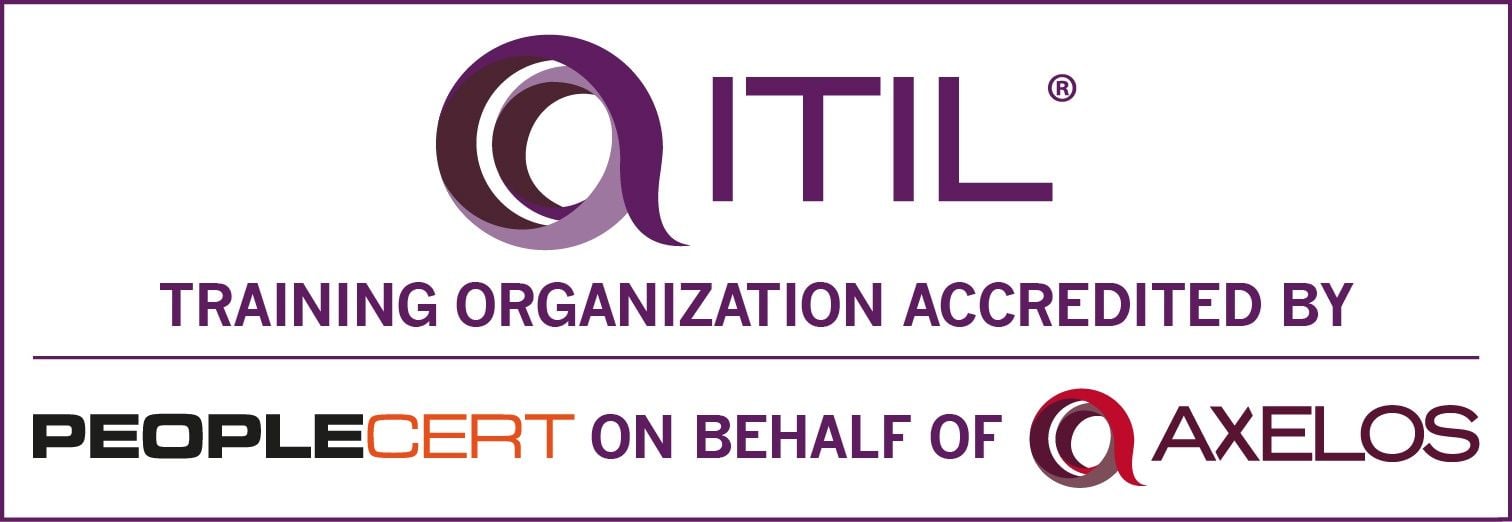How to Create an Energised Organisation
A customer-centric organization helps customers find the right solutions for their needs. This kind of organization requires a dedicated type of leader.
Today we often hear about the importance of having an agile and resilient organization - one that can rapidly learn, react, and reconfigure. Gartner points out in a February 28 publication, “Building Organizational Resilience Is a Strategic Imperative”, that IT organizations must have the following practices:
- Close-to-continuous IT and business operations
- IT service configuration, deployment, and change agility
- Sustainable data integrity, consistency, availability, and accessibility
- Cyberattack impact mitigation
Along with this, I suggest that it is also important that you have an energized organization, especially at the Help Desk level. It has always interested me that “Best in Class” companies can focus their energies so enthusiastically on being customer-centric, and being able to share this commitment with employees and customers. I am convinced that one of the true qualities that brings this about is a leader who understands what their business is all about and focuses on what is most important to their customers.
As leaders, we must recognize what is truly of value to our business, our customers, and the way we go about our business. Remember, a customer-centric organization helps customers find the right solutions for their needs.
Can your team clearly express what is of value to the business and your customers? To what extent are you and your team committed to this? And is the team trained and provided the tools and technology to drive success?
Why do I dwell on this? Because what I have learned is we need to go beyond short-term success to the longer, more strategic need of creating the environment and enthusiasm for the long haul for both our employees and our customers. Coaching employees to embrace the mindset of being a customer-driven organization is one of the most important investments we can make as leaders. Making this change will assure you deliver the value to the customer, and your company will be rewarded by continued growth and profitability.
What does the change entail? It is about creating an environment that can execute regardless. It is about delivering results.
I have a few steps that will help guide you in creating that “take charge and get it done” environment. This does not come without hard work and focusing on that ever-present 3-legged stool of people, processes, and technology. But remember that once you have it, you must maintain it, as momentum can easily be lost.
Here are the steps to try:
Focus on building a team that sustains business continuity.
This includes defining the cross-functional skillset required, as well as being able to maintain resilience and agility. The infrastructure, practices, processes, and training should be focused on resilience and accountability. The team should be prepared to work through disruption and be proactive in addressing potential risks.
The programs that are the foundation of the organization should assure data integrity, consistent data input, and data availability.
As a proponent of journey mapping, I strongly recommend that each support process flow be fully journey mapped and all barriers to a seamless support process be resolved. Along with the mapping, make sure measurements are in place for continuous feedback to assess the health of the support effort.
As we move forward in this Age of Disruption and Agility, soft skills training emphasizing empathy will be a necessary and beneficial upskill.
This will equip employees, especially Help Desk agents, to handle just about any problem, and will lead to enhanced employee engagement - a win for Customer Experience. Employees should find themselves empowered to execute the routine decisions and resolve the customer’s issue.
Initiate an onboarding program that allows new employees to be trained in the processes and technology in place, and versed in the culture to feel included in the workplace.
Make sure they understand the value of their role and the empowerment they hold to be successful. They should have a clear understanding of the organizational goals and how to achieve them.
Put in place a communication strategy that is sensitive and productive to the agents and process flow needs.
It is essential that you have a communication loop in place and that it will come full circle. This is necessary for feedback and strategy revision and alignment. You can never over-communicate. Make sure you are listening to your people, too.
Know your people, especially the leaders and key go-to persons. Make sure that these people have and will “walk the talk” and not just “talk.”
Remember, these are the ones your team looks to, trusts, and follows. Within your organization, it is also important to recognize the employees you can rely on to be there, participate, and act. Take the time to profile your people into groups based on their strengths. Then make the training investment in shoring up those weaknesses.
As business leaders, we put processes in place and train our people to anticipate employee and customer needs. Some of this is predictable and we are prepared. But some events are less predictable and cannot easily be resolved routinely. In either case, these are “moments of truth.” Use what I have discussed in this article, to excite and energize your organization and you and your team will be prepared for whatever “defining moments” happen to come along.

)
)
)
)
)
)
)
)
)
